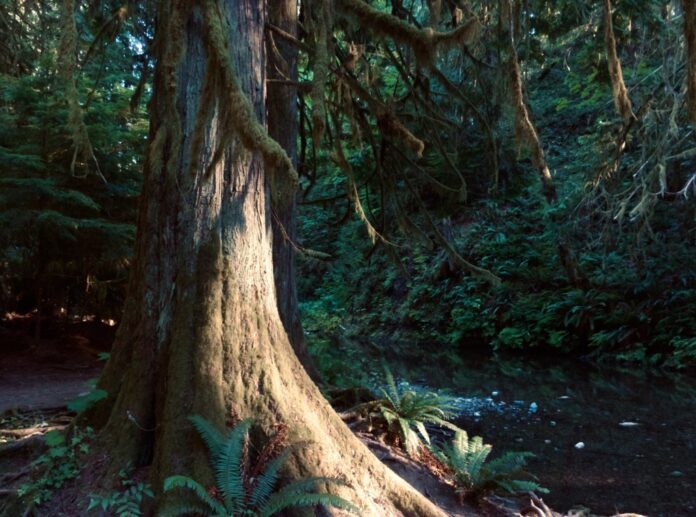Conservation groups applaud the new 300-million dollar conservation fund to protect old-growth forests and critical habitats but worry the benefits will not come quickly enough.
The province will contribute $150 million, and the BC Parks Foundation will coordinate with other organizations and crowd-sourcing to match the provincial contribution to the Conservation Financing Mechanism.
The BC NDP government says the fund will ensure that First Nations and the province can conserve critical habitat, better manage climate change, and further the government action on protecting more areas and implementing the Old Growth Strategic Review.
The money will purchase and protect land from development or industrial activities, such as logging, by designating them as parks or Indigenous Protected and Conserved Areas.
Torrance Coste of the Wilderness Committee says they are pleased to see hundreds of millions of dollars on the table. However, questions remain about “how fast it will roll out and why there are no additional interim measures to ensure that there will still be forests left to protect.”
He says interim measures to restrict old growth logging have been unsubstantial.
“It’s all been couched,” Coste says, “in these long term planning processes and these funding packages now that need to come in the future, and when we’re out on the land, we’re seeing no real slowdown of old growth logging.”
He says since the government began making its promises, tens of thousands of hectares of old-growth forests have been logged in recent years.
Coste says the government acknowledges that new protected areas or parks cannot be established without First Nations leadership and guidance but should be moving to limit the destruction of old-growth forests and other ecologically diverse places.
He says interim measures are crucial to ensure that those values are maintained and give First Nations governments the first say on whether they should be logged or protected.
Endangered Ecosystems Alliance executive director Ken Wu says the fund is “a vital step forward to protect nature in British Columbia on a major scale,” but is concerned the province might be looking to establish new “flexitarian” designations; “tenuous or fake ‘protected areas’ that still allow logging or boundary shifts.”
Wu says such loopholes can easily result in high-grade logging within such protected areas of the very geographically limited monumental old-growth stands and the most endangered ecosystems.
TJ Watt of the Ancient Forest Alliance says Premier David Eby has done something great, but several gaps and loopholes still need to be closed.
Watt says there is a need to link conservation financing to ecosystem-based targets and the most at-risk old-growth and ensure the integrity of protected areas, “but make no mistake, this is a very good day.”
According to the province, the Conservation Financing Mechanism is one action it is taking to accelerate old-growth protection, as recommended by the Old Growth Strategic Review.
It says new Forest Landscape Plans are replacing forest stewardship plans to establish clear objectives for the long-term management of old growth, biodiversity, climate change, and wildfire risk.
The province has created five new Forest Landscape Plans in cooperation with local First Nations, including east-central Vancouver Island and west-central Vancouver Island.
These new plans reflect ongoing collaboration between the province, First Nations, local communities, and forest companies to improve the management of forests and certainty for the sector.
The BC Council of Forest Industries supports the new fund, calling it a “new and innovative BC-based approach.”
COFI president Linda Coady says the last three years “have been challenging for the BC forest sector” following the announcement in late 2021 to defer old-growth logging.
She says the uncertainty about the future of the deferral areas affected forest sector jobs and communities across BC.
COFI says the new regional landscape plans will enable the industry to work with First Nations, local communities, the province, and other organizations on long-term approaches to sustainable forest management and conservation.




